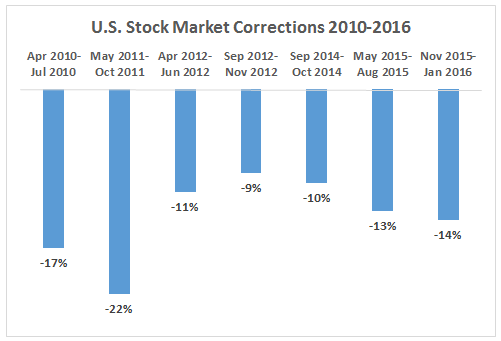I am often asked why some companies trade for sky-high valuations even when a majority agree that the price does not make a lot of sense. In part, the answer is that there are always people who perceive value differently and will overpay for companies. The saying goes that something is only worth what someone else is willing to pay for it. That might be true in many instances (in the short term especially), but many stock market investors would argue that a company's worth is actually tied to its future free cash flow. And that is what makes a market.
If you had to pick a tech company that has a miserable history with acquisitions, it would be Microsoft (MSFT). Just in the last nine years MSFT has paid $6.3 billion for online advertising firm aQuantive, $7.6 billion for Nokia's phone business, and $8.5 billion for Skype. That is more than $22 billion for three companies that have all struggled under Microsoft's ownership. The most logical from a strategic perspective, Skype, seems to be a flop. With its huge installed based of Windows, Outlook, and Office users, Microsoft had a huge opportunity to build and integrate the world's most dominant audio and video corporate communications platform. Oh well.
Today Microsoft announced they are paying more than $26 billion for corporate social network LinkedIn (LNKD), a 50% premium to last week's closing stock price. Will this deal finally be the one that gives MSFT deal credibility? The odds seem long. Product synergies seem sparse and even industry pundits are using odd justifications for the deal. One tech commentator thought this was a boon for Microsoft's Azure cloud business because LinkedIn is big and growing quickly, and therefore would give MSFT a lot more data flowing through its cloud infrastructure. So LinkedIn doesn't use Azure now but it is a smart deal because the tie-up will force them to use Azure in the future? Yikes.
If I was a Microsoft shareholder I would be most concerned with the $26 billion all-cash price tag (to be funded entirely with debt). In 2015 LinkedIn had free cash flow of $300 million. Subtract non-cash stock based compensation of $510 million and you can see that LNKD is not "profitable" really, non-GAAP accounting aside. EBITDA in 2015 was about $270 million, so the deal price equates to a trailing EV/EBITDA multiple of roughly 90 times. Even if one believes the strategic rationale for the deal is sound, making it worthwhile from a financial standpoint is another story.
While it totally makes sense that Microsoft feels its relevancy fading, and thus wants to make a splash and try to get "cooler" in the world of tech, there are plenty of obstacles in front of them. It will be tough task to make this move one that we look back at in a few years and say "Wow, that LinkedIn deal really paid off." So even with a new CEO, maybe MSFT has not changed all that much at all. Time will tell.
Full Disclosure: No position in any of the companies mentioned at the time of writing, but positions may change at any time





